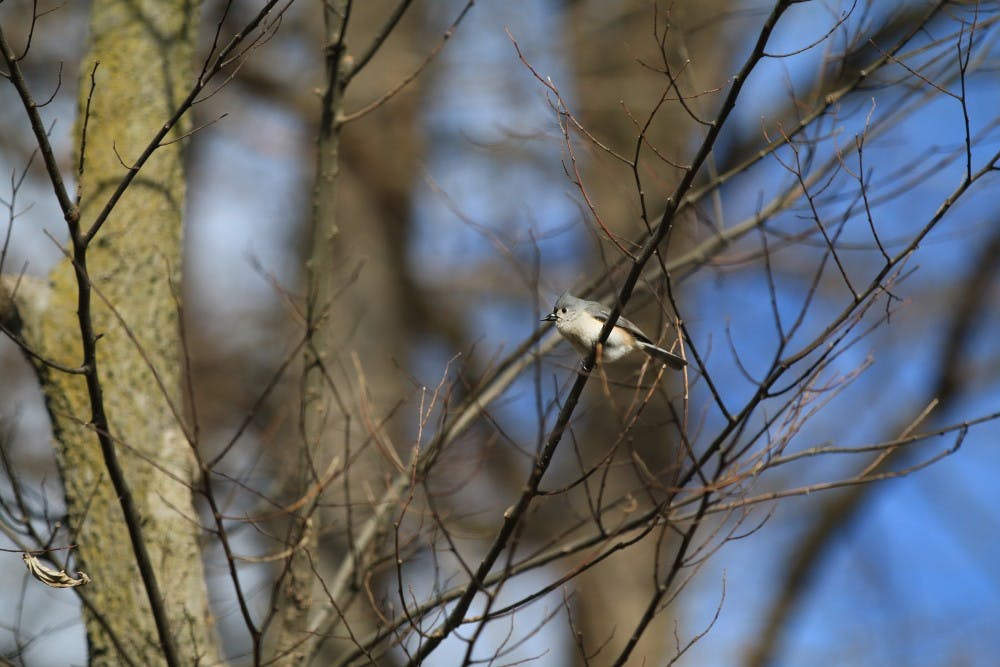Indiana bird species could diminish over time because of unusually warm weather created by climate change, according to research from the Robert Cooper Audubon Society, an environmental organization dedicated to wildlife conservation.
Early springs can disrupt migration cycles and when birds reproduce. The timing of food availability, such as when insects emerge, changes as the weather gets warmer. This means food could be limited by the time birds migrate to Indiana, so birds will have to migrate even further or go hungry.
“If spring occurs a few weeks early, and the budding of plants and emergence of insects comes early, then within a year the population could decline,” Environmental Resilience Institute researcher Adam Fudickar said. “Their breeding won’t be synced with the timing of the resources.”
With spring coming earlier, birds are arriving at the end of the warm season to breed. If migratory birds have less time to reproduce, the number of offspring could decrease, Fudickar said.
“It is important that migratory birds reproduce at the correct time so they have resources for their offspring,” he said.
Migratory birds could face the most extreme consequences of climate change, said Dustin Brewer, member of the Sassafras Audubon Society and researcher at the IU Environmental Resilience Institute. Birds that migrate and breed in Indiana, including the cerulean warbler and American redstart, are seeing the effects of climate change.
Northern cardinals and blue jays do not migrate long distances and are experiencing resource competition from climate change. If one species is eliminated, other species will be left with more resources and less competition, Brewer said.
“Some species that currently utilize Indiana will likely disappear, and other new species may come to Indiana as habitats change in response to climate change,” Brewer said.
Species more common in southern Indiana, such as bobolinks, could stop migrating, while northern Indiana species could migrate more frequently during the breeding season as the weather gets warmer.
An IU study found that tree populations are shifting with climate change, affecting where birds nest and reproduce. The study found that climate change is affecting forest soils and soil gasses in the U.S., which increases nitrogen oxide levels. Jonathan Raff, associate professor at SPEA, said this causes smog and a decline in air quality.
“Climate change is causing forest populations to shift from trees that do not emit these gasses to those that do,” Raff said.
Tree populations influence where birds nest and find resources. Birds only nest in specific trees, such as oaks, and the study found these could be replaced by maple or tulip poplar trees.
Brewer said bird populations in Indiana will decrease over the next 100 years.
“We’re almost guaranteed to lose species in Indiana, but not to gain them,” he said.
Temperatures are rising rapidly with climate change and extreme weather conditions, like heavy rain and droughts, are becoming more common. Indiana’s environment could lack biodiversity in the future, Brewer said.
“The extraordinarily fast rate of climate change is the biggest challenge for wildlife,” Brewer said. “In many instances, species do not have time enough to adapt and will decline — possibly to the point of extinction.”






